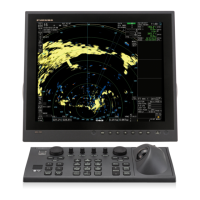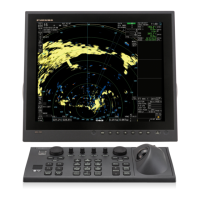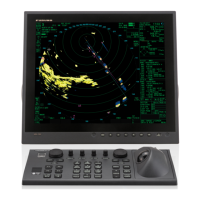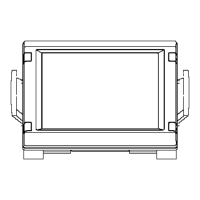Why is the antenna not rotating on my Furuno FAR-2218?
- JJames PittmanSep 10, 2025
If the antenna is not rotating on your Furuno Marine Radar, it could be due to the antenna drive mechanism or the MTR-DRV board. Consider replacing the antenna drive mechanism or the MTR-DRV board.









